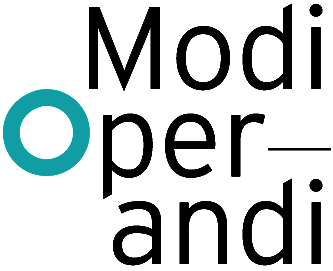WHAT COMES AFTER THE HERO??
To better understand how the emergence of alternative thinking from a failed condition can take place, we shall first reflect and elaborate on the meaningful historical condition of not being able to afford novelty. The condition of being forced to deal with consequences, a precedent from where to build from, the collapse of a certain, specific kind of ideology.
That means firstly to critically understand what went wrong with the ‘faith’ in a scientific-technical mentality acting as the ideological base of modernity [5] that informed the production of space in Degtjarsk, and therefore modulated the way it fell apart. By understanding the inherent contradictions of a system, one also creates the tools to understand the quality of what comes after its breakdown.
The post-ideological era presents itself as the residue of a formerly heroic moment in history. Finally, after years of spiritual non-sense, after millenniums of lies, prejudices, oppression, distorted images of reality, and dogmatism, science came! It came to free man in an over-a-hundred-year effort to make reason prevail over human’s life, it came to make the very concept of humans prevail on humans, to liberate them, and make them believe in their powers. The future came, in its most promising, positive, acceptation: fresh, crystal clear, and objectively self-fulfilling, like a well-oiled shiny mechanism.
From the Renaissance to le Corbusier, the project of modernity struggled against dark forces, and rationality came to the surface overthrowing every other ideological alternative, spiritual or political.[6] This created ‘a new common sense’, that revolved around and started to merge ‘with the technical demands of industry, until science, together with industry, laid the ground for a new technological civilization’.[7] When this task is complete though, we are left empty, and reflective, and turn back to look at the consequences of ideas of the future we never had.[8]
When the dominance of an ideology that had the presumption of posing itself as definitive and absolute, for the sake of its powers, starts showing its internal contradictions and weaknesses, namely the inability to metabolize its negative byproduct, the very lack of that supposed coherence appears to be dreadful and irresolvable. When the counter-finalities of that project become so onerous, they are no longer bearable, and sustainable [9] , that is when this positive ascension starts bending on its negative counterpart: destruction and devastation, as it is in the case of our small mining town. As we shall see, this outcome is somehow embedded in the premise of science made Ideology, a promise of freedom, from ourselves.
